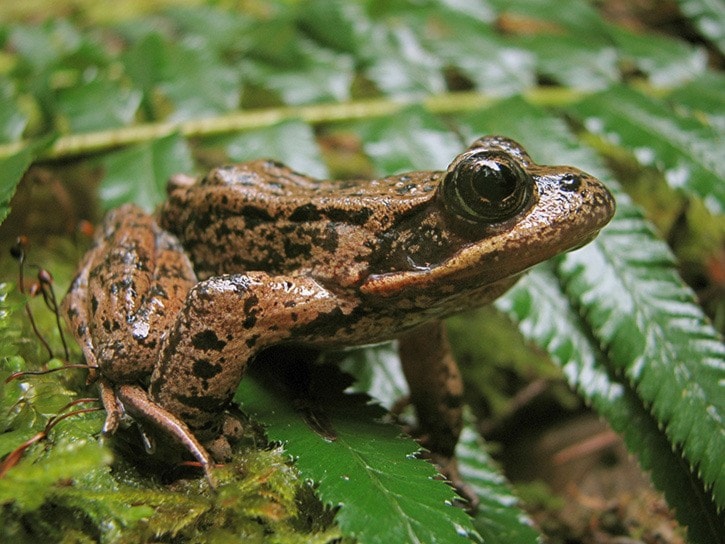The pancake frog is a new kind of frog hitting Victoria streets – literally.
Biologists from the Habitat Acquisition Trust have been surveying local roads after reports of dead frogs.
Biologist Kristiina Ovaska and volunteers visited some busy Victoria roads on a wet night to count the damage: 84 dead and 34 live Pacifical treefrogs were counted within the hour. At the end of the night, 144 were found.
“This is just one small section of one road. Imagine the numbers of amphibians that are being killed across the region. We knew amphibians in Victoria were crossing roads but are alarmed about the high observed mortality rates,” said Ovaska.
HAT says every year frogs and salamanders are killed on busy roads as they head towards wetlands to breed.
“We were shocked this year when we went out and found dozens when we thought we’d see a few here and there,” said Adam Taylor, executive director of HAT.
They follow the same path from forest to pond in the spring since before roads. With the addition of residential and commercial developments, more trees are removed and important wetland habitats are drained.
“This significantly reduces available habitat for them to live, and what is left has been divided and fragmented by our extensive road networks,” said Taylor.
Reductions of the pancake frog population is possible.
“Small fences can re-direct amphibians to lit culverts, or tunnels can be created if needed. But first, we need to know where the problem spots are,” said Taylor.
Late at night or early morning is when they are most noticeable. If you witness any amphibians sightings, squished or mobile, please call the frog roadkill hotline at 250-995-2428 or email hatmail@hat.bc.ca.
